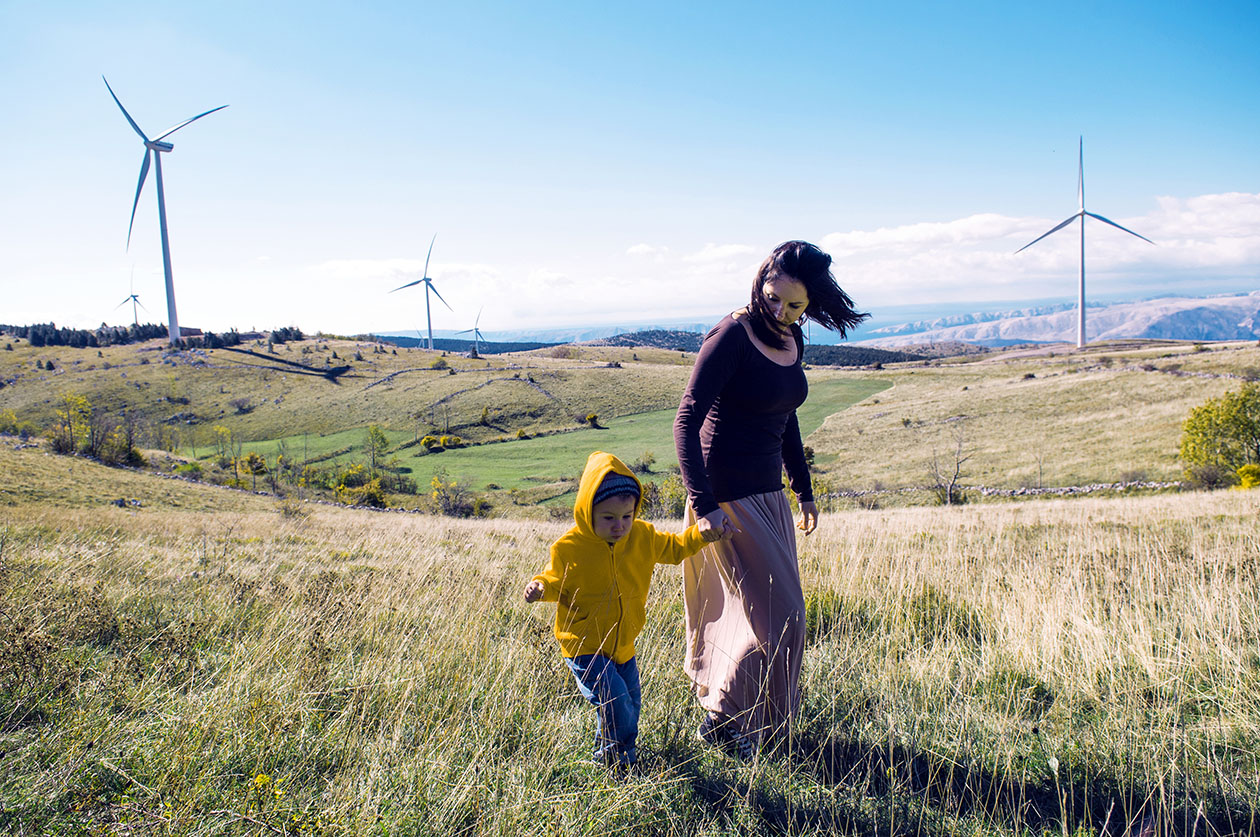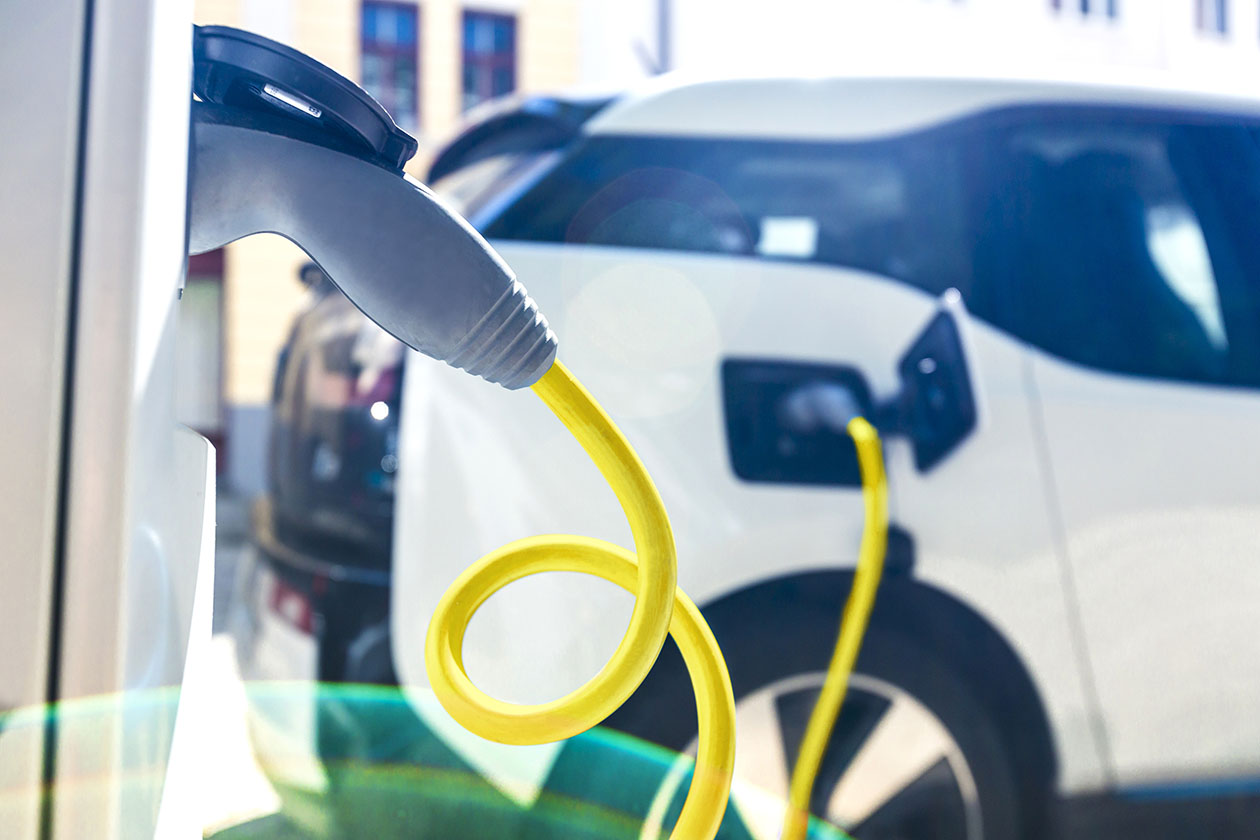
Taking Climate Action to Become Net-Zero by 2040
Climate change is the most significant threat we face as a global community.[1] It’s therefore no surprise that taking climate action is a key strategic issue for us as an insurance company—acting now reduces the risk of climate change to our customers, business and planet.
If we are going to prevent the most catastrophic impacts on our climate, it’s going to take bold actions, collaboration, and leadership by every sector in the economy.
Aviva Canada is contributing to Aviva’s global plan to become a net-zero[2] company by 2040.
We are including the carbon emissions we produce ourselves and those contributed by our suppliers and investments, the Scope 1, 2 and 3 of our ‘carbon value chain’.
We are working to align our business to a 1.5ºC Paris target. In March 2022 we released our first Climate Transition Plan, outlining our pathway to achieving Net Zero by 2040. Quantifying the impact of climate change is an emerging practice and we continue to enhance our methodology in line with industry developments and standards. In December 2022, Aviva became the first international composite insurer to have carbon-reduction goals validated by the Science Based Targets initiative (SBTi)². Aviva also shared its first Biodiversity report, providing a progress update one year on from launching its Biodiversity Policy.
Our climate ambition checklist:
- Net-zero operations by 2030
- Net-zero supply chain by 2030
- Net-zero for all three scopes by 2040
And our approach to reducing climate change risk will be:
- Clear milestones for 2025 and 2030
- Science-Based Targets aligned to a 1.5-degree pathway
- Real, tangible engagement to drive the transition
- Not investing in or insuring the highest carbon emitters
- Increasing sustainable investments
- Net zero means only carbon removals count; not offsets, reductions, or avoided emissions
- Taking steps today to plan our negative emissions
- We often use the shorthand of carbon, but our targets are for greenhouse gases in general and measured in carbon dioxide equivalents CO2e

Our operations and supply chain
Aviva Canada has been carbon neutral[3] since 2006. Globally, we have reduced our operational emissions by over 76% since 2010. Now we have plans to achieve net-zero operations by 2030, covering our full Scope 1 and 2, as well as a few parts of Scope 3 (like business travel). To help us get there, we are committed to:
- 100% renewable electricity for all our offices by 2025, in line with our RE100 commitment
- All new company car leases delivered through plug-in hybrid or electric vehicles by 2025, ahead of our EV100 commitment
When paying out insurance claims, we aim to reduce our environmental impact through repair and restoration where possible and are engaging our suppliers to achieve net zero throughout our supply chain by 2030. We recognize this will be more challenging for some industry sectors and geographies than others, depending on the availability of renewable electricity, climate-positive technologies, and other net-zero solutions in different markets.
Our underwriting and insurance business
As one of Canada’s leading insurers of homes, vehicles, and businesses, we believe in using our underwriting to tackle climate change too.
We intend to make it easy for insurance customers to make climate-friendly choices and support Canadians as the economy changes. We offer products and services that can help protect customers against the impacts of climate change and support a lower carbon lifestyle, such as:
- Green Assure
- Water Protection
- Claim Prevent
- InsureMyTesla
- Green Home Power
We are committed to supporting businesses transitioning away from coal and unconventional fossil fuels and will continue to provide construction/operational insurance coverages for their standalone renewable energy assets and provide management liability and employee benefits insurance. We no longer insure companies making more than 5% of their revenue from thermal coal or unconventional fossil fuels. That said, we’ll make an exception for those companies serious about their transition out of high carbon fuels and those that have committed to clear Science-Based Targets aligned to the Paris Agreement.
We are currently working with other insurers and companies to develop the methodology for net-zero underwriting. This will be an important and significant move for the global insurance industry.


Our investments
We are also focused on our investments, which are part of our Scope 3 emissions. As a global insurer, we know it’s the investments we make for customers and shareholders that are the largest source of emissions in our carbon value chain. Globally, we have cut the carbon intensity of our shareholder investments in credit and equities by 20% over the last two years.
We have set out the following trajectory for Aviva Canada, which is ahead of the Paris aligned target of 50% cuts by 2030:
- By 2025, we plan to cut the carbon intensity[4] of our investments by 25%
- By 2030, we plan to cut the carbon intensity of our investments by 60%
We will also set additional targets and milestones for our investment portfolio in line with the Science-Based Targets methodology.
Our commitment to increasing our green investments:
- By 2023, Aviva Canada plans to invest $350m CAD in green assets
- By 2025, plan to invest $10bn CAD in green assets[5] globally
Finally, at Aviva plc, we believe the highest emission fuels are not part of a net-zero future. We will therefore stop investing in or insuring coal (power generation or mining). As a member of the Powering Past Coal Alliance, we have been taking action on coal over the last few years and by the end of 2022, we will have divested all companies making more than 5% of their revenue from thermal coal unless they have signed up to Science-Based Targets.

The path ahead
The journey we are on to fight climate change will not be linear, and we do not have all the answers. There are plenty of challenges: the data is imperfect and entirely missing for parts of the marketplace. Methodologies are incomplete or in development. Carbon accounting definitions are filled with double counting. And there is no consistent global set of climate change standards.
Our goal is to drive change in the real economy. No one has all the answers yet, but the risks of not doing enough to protect the climate are far greater than the risks of acting now.
Protecting the climate will happen if enough people, companies, and governments not only make commitments but deliver them. Each company that sets a goal like we have today adds to the momentum and increases the chance we all succeed in reducing climate change risks.
We are committed to act on behalf of our people, our customers, and our shareholders – to build a better tomorrow for generations to come. We’re taking climate action now. We ask that you do too.
Read more about Aviva’s global climate ambition here.
[1] Government of Canada confirms ambitious new greenhouse gas emissions reduction target - Canada.ca
[2] A firm commits to make net-zero carbon emissions by a specific date, at which point having sought to reduce the emissions as much as possible, any carbon dioxide which continues to be released into the atmosphere is balanced by an equivalent amount being removed through carbon removals. Offsets, reductions and avoided emissions do not count toward net-zero.
[3] This is achieved by offsetting your carbon emissions. This is easier to achieve than ‘net zero’ as it allows a company to pay someone else to emit less carbon on your behalf (known as an offset). In contrast, net zero means no additional carbon going into the atmosphere; any residual amounts emitted must be matched by removing the same amount of carbon out of the air.
[4] In the context of financial services, the carbon intensity of a firm is calculated by dividing the carbon emissions of the firm by its revenues. This can then be used to calculate the carbon intensity of a portfolio of securities. Rating agencies such as MSCI use them as a way of comparing companies in the same sector. Regulators request companies to disclose their carbon intensity using a financial metric and a non-financial metric.
[5] Globally, there are a number of competing definitions of green assets. Aviva defines green assets as:
- Low carbon infrastructure debt and equity e.g. solar PV, offshore and onshore wind, waste to energy, green hydrogen generation, battery storage, low carbon public transport and electric vehicle charging infrastructure, and energy-efficient buildings
- Green loans and green bonds (must meet Climate Bond Initiative [CBI] requirements). Social bonds and Sustainability bonds are included. Sustainable Development Goal (SDG)-linked bonds and transition bonds are excluded
- Aviva’s investments in specific climate-related funds, including Aviva Investors Climate Transition Funds and similar funds from external asset managers
